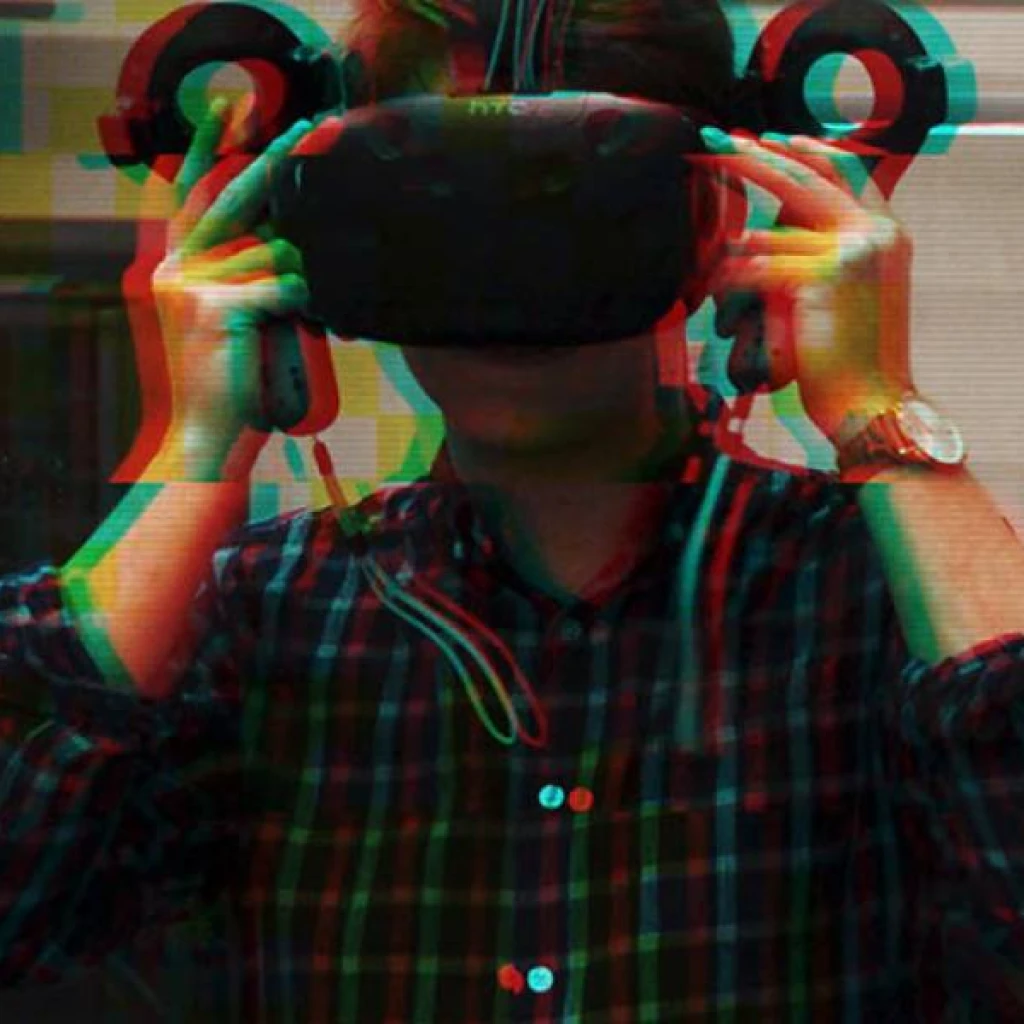Towards Adopting Digital Twins to Support Design Reuse during Platform Concept Development
Landahl, Jonas; Panarotto, Massimo; Johannesson, Hans; Isaksson, Ola; Lööf, Johan
Type:
Year:
2018
Editor:
Ekströmer, Philip; Schütte, Simon and Ölvander, Johan
Author:
Series:
NordDESIGN
Institution:
Chalmers University of Technology
ISBN:
978-91-7685-185-2
Abstract:
To gain a first-mover advantage on the marketplace, manufacturers are striving to develop innovative products that meet the needs of a wide range of customers. Traditionally to support innovative design, the fuzzy concept stage has long been supported by heuristic design philosophies. In recent years, new supportive technologies have enabled concept generation based on the collection and reuse of existing data. Existing data can be collected from various sources; for example, customer reviews, historical data, or by studying existing products or other industrial assets such as production machines and tooling. Lately, the concept of Digital Twin (DT) has gained a wealth of attention as a means to construct a high-fidelity digital copy of a physical asset and to study its shape, position, gesture, status and motion. The common aim of the DT is to support the realistic model of system behavior that can support performance prediction and optimization. However, in providing sufficient support during the conceptual stages the realistic models become heavy and costly to adapt. While the emerging data-driven design approaches can be used to generate designs with alterations, there is a lack of support to generate and evaluate solutions during the conceptual stages. In this paper, a framework of a Digital Platform Twin (DPT) is proposed to fill this gap. In contrast to a sole high-fidelity digital representation, the DPT builds on abstracting multiple high-fidelity Digital Twins into a low-fidelity platform model, represented as a function model. The DPT framework proclaims the vision of supporting design engineers in the process of abstracting functionalities of existing assets, inserting new functionalities and technologies in the function structure to ultimately support the generation and evaluation of new functional concepts. To demonstrate the DPT framework, an automotive example is presented. We believe that design reuse can be enabled during platform concept development with the use of multiple DTs. To achieve this, a challenge is to practically realize the transcending in abstraction levels of the models: from Digital Twins to function model and from function model to geometry models. The transcending in abstraction levels is therefore a matter of future work
Keywords:





